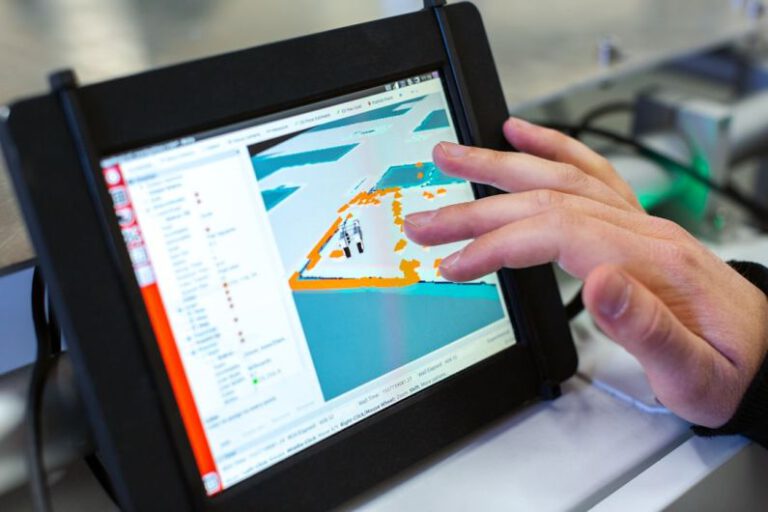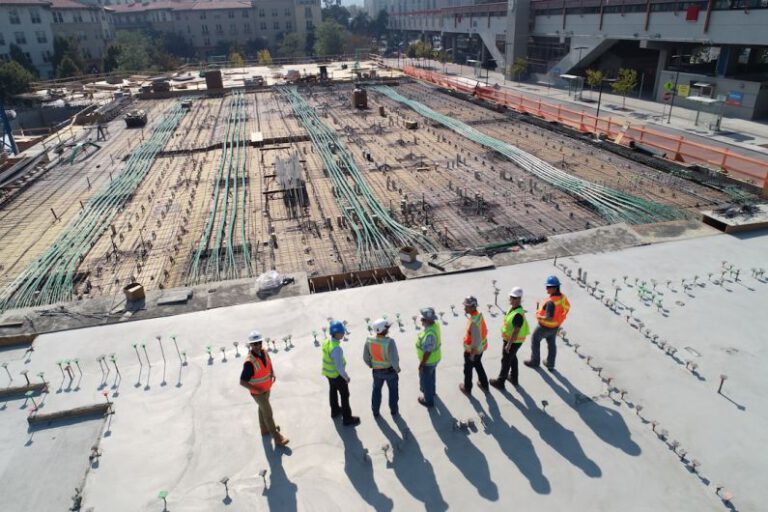Can Robotics Build Better than Humans?
Robotic technology has made significant advancements in recent years, leading to the question: Can robotics build better than humans? As automation continues to permeate various industries, the capabilities of robots in construction, manufacturing, and other fields have raised eyebrows and sparked debates. In this article, we will delve into the capabilities of robotics in comparison to human skills and explore the potential implications of this technology on the future of construction and manufacturing.
**Advantages of Robotic Construction**
One of the primary advantages of using robotics in construction is precision. Robots are programmed to perform tasks with incredible accuracy, reducing the margin of error significantly. This precision is particularly useful in tasks that require intricate details or repetitive actions, where human error could lead to costly mistakes. Additionally, robots can work tirelessly without the need for breaks, resulting in increased efficiency and productivity on construction sites.
**Speed and Efficiency**
Robots have the potential to work at a much faster pace than humans, completing tasks in a fraction of the time it would take a human worker. This speed not only accelerates the construction process but also allows for projects to be completed within tighter timelines. In manufacturing, robotic arms can perform tasks with lightning speed, assembling products with precision and efficiency. This increased speed and efficiency can lead to cost savings for companies and faster turnaround times for projects.
**Safety Considerations**
Safety is a paramount concern in construction and manufacturing industries. By utilizing robots for tasks that pose a risk to human workers, companies can improve overall safety conditions in the workplace. Robots can handle hazardous materials, work in extreme temperatures, and perform tasks in dangerous environments without putting human lives at risk. This enhanced safety aspect is a significant advantage of using robotics in industries where worker safety is a top priority.
**Complexity and Innovation**
Robotic technology has opened up new possibilities in construction and manufacturing by enabling the creation of complex structures and products that would be challenging for humans to replicate. With advancements in artificial intelligence and machine learning, robots can now analyze data, adapt to changing conditions, and make decisions in real-time. This level of sophistication allows for innovation in design and construction, leading to the development of cutting-edge solutions that push the boundaries of what is possible.
**Limitations of Robotics**
While robotics offer numerous advantages, they also have limitations that need to be considered. Robots lack the creativity, intuition, and problem-solving skills that humans possess. In construction, tasks that require decision-making based on unpredictable circumstances or unexpected challenges may still be better suited for human workers who can think on their feet. Additionally, the initial cost of implementing robotic technology can be prohibitive for some companies, requiring a significant investment upfront.
**The Future of Robotics in Construction and Manufacturing**
As technology continues to evolve, the role of robotics in construction and manufacturing is expected to expand. Robots are increasingly being integrated into various aspects of these industries, from 3D printing of buildings to automated assembly lines. While robots may not completely replace human workers, they are likely to become valuable collaborators, working alongside humans to enhance productivity and efficiency.
**In Summary**
The question of whether robotics can build better than humans is a complex one that depends on the specific task at hand. While robots excel in precision, speed, and safety, they may struggle with tasks that require creativity and adaptability. By recognizing the strengths and limitations of robotic technology, industries can harness the power of automation to drive innovation and efficiency in construction and manufacturing. As robotics continue to advance, the future holds exciting possibilities for how humans and robots can work together to create a better-built environment.






